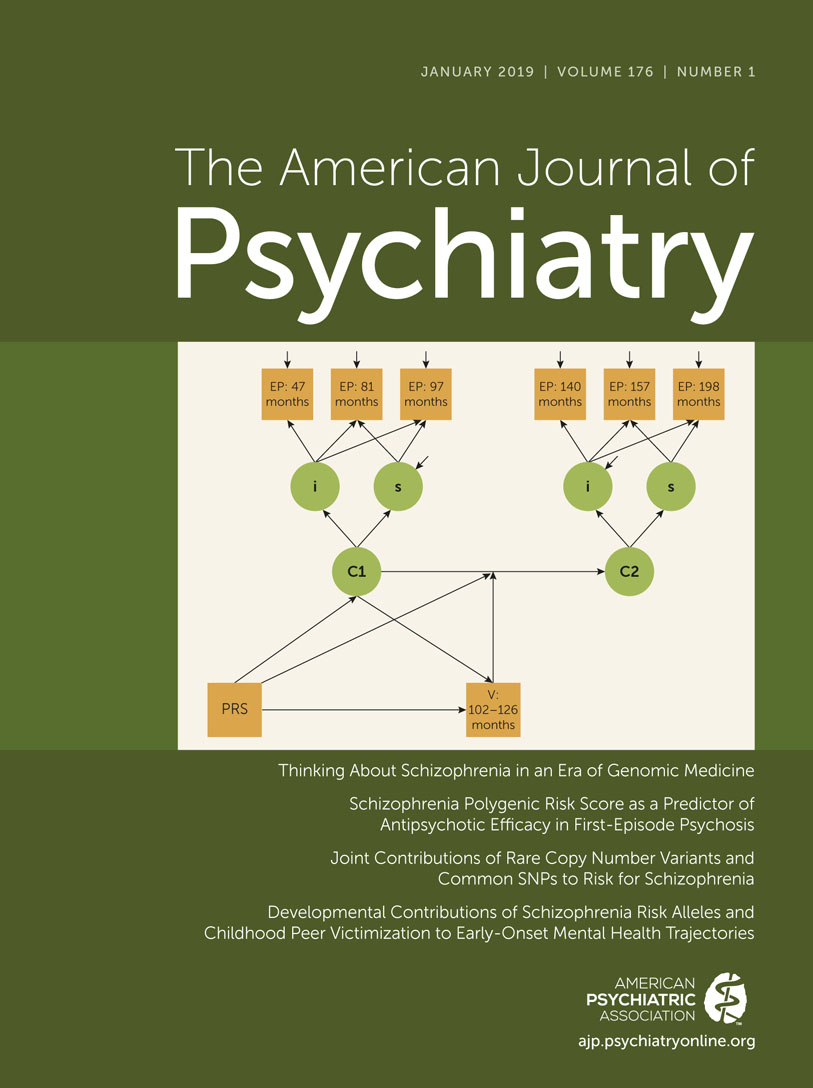Controlled Substances in the Polydrug Epidemic: Response to Diller
To the Editor: The current response to the crisis of opioid overdose deaths and addiction has focused attention not just in medicine, but broadly in the nation, on the primary role of prescribed opioids. Largely unrecognized is the role of other prescribed controlled substances in nonmedical drug use, addiction, and overdose deaths, particularly stimulants and benzodiazepines. Compton et al. (1) and Diller (2) usefully focus on underscoring the role of stimulants. The intertwining of legal and illegal drugs is seen in overdose data from the Florida Drug-Related Outcomes Surveillance and Tracking System (FROST) that show the polydrug nature of overdose deaths (3). Dr. Diller’s suggestion for physicians to refrain from prescribing immediate-release formulations of prescription stimulants to adults is an excellent example of rethinking the important role of medical practice in the growing drug crisis (4).
1 : Prevalence and correlates of prescription stimulant use, misuse, use disorders, and motivations for misuse among adults in the United States. Am J Psychiatry 2018; 175:741–755Link, Google Scholar
2 : Comment on prevalence and correlates of prescription stimulant use, misuse, use disorders, and motivations for misuse among adults in the United States. Am J Psychiatry 2019; 176:77Link, Google Scholar
3 : A new narrative to understand the opioid epidemic. J Glob Drug Policy Pract 2018; 12Google Scholar
4 : Prescription stimulant use and misuse: implications for responsible prescribing practices. Am J Psychiatry 2018; 175:707–708Link, Google Scholar



